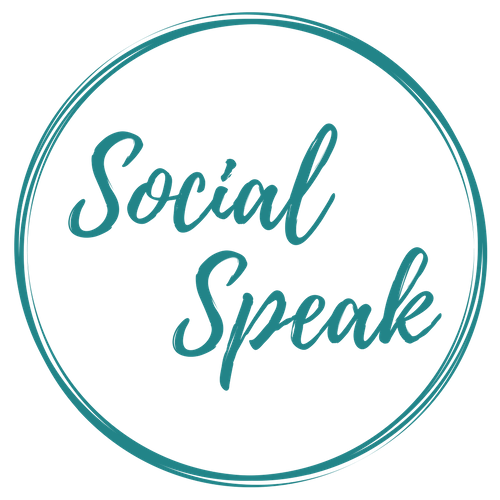Without a structure, it can be difficult to come up with topics for social media posts. We often see business floundering as they try to come up with posts each day or don’t realize there are tools to schedule out their posts so one day a month they post 5-10 items.
Being consistent on social media is one of the most important things that you need to be on social media. This includes both posting at consistent intervals and being consistent in your tone, messaging, and imagery. Your tribe will begin to understand what your business is like through this consistent message. Even if you post only one time per week or one time per month, at least you have that steady flow of information going out online.
To help you create your posting schedule, here are some sample topics you can include, as well as a weekly overview of how your posts can be organized.
Sample Social Media Topics:
- Quotes
- Product/Services Overview
- Testimonials
- Blog Posts
- Industry Articles
- Local Events/Activities
- Related Topics
- Day in the Life of Images/Stories
- Videos
- Infographics
- How tos
- User generated
- Podcasts
- Livestreams
- Ebooks
- Guides
- Share a Post
- Questions
- Surveys
The next step is organizing these so you again have consistency and can optimize your time and resources. For example, your blog posts will get the most traction if you always update them on the same day. This means they should consistently be shared on the same day.




